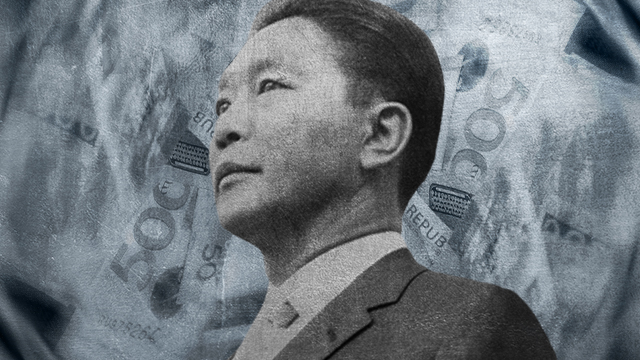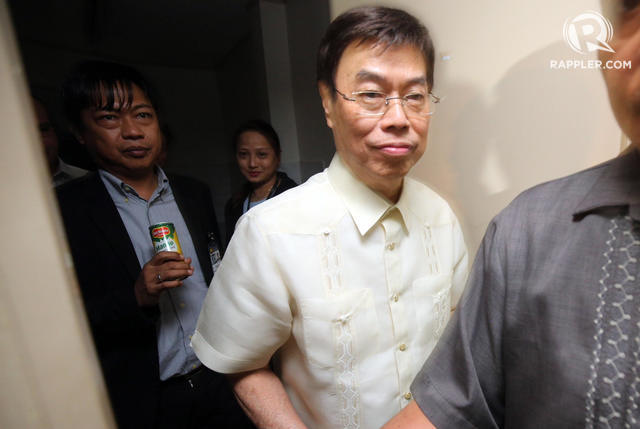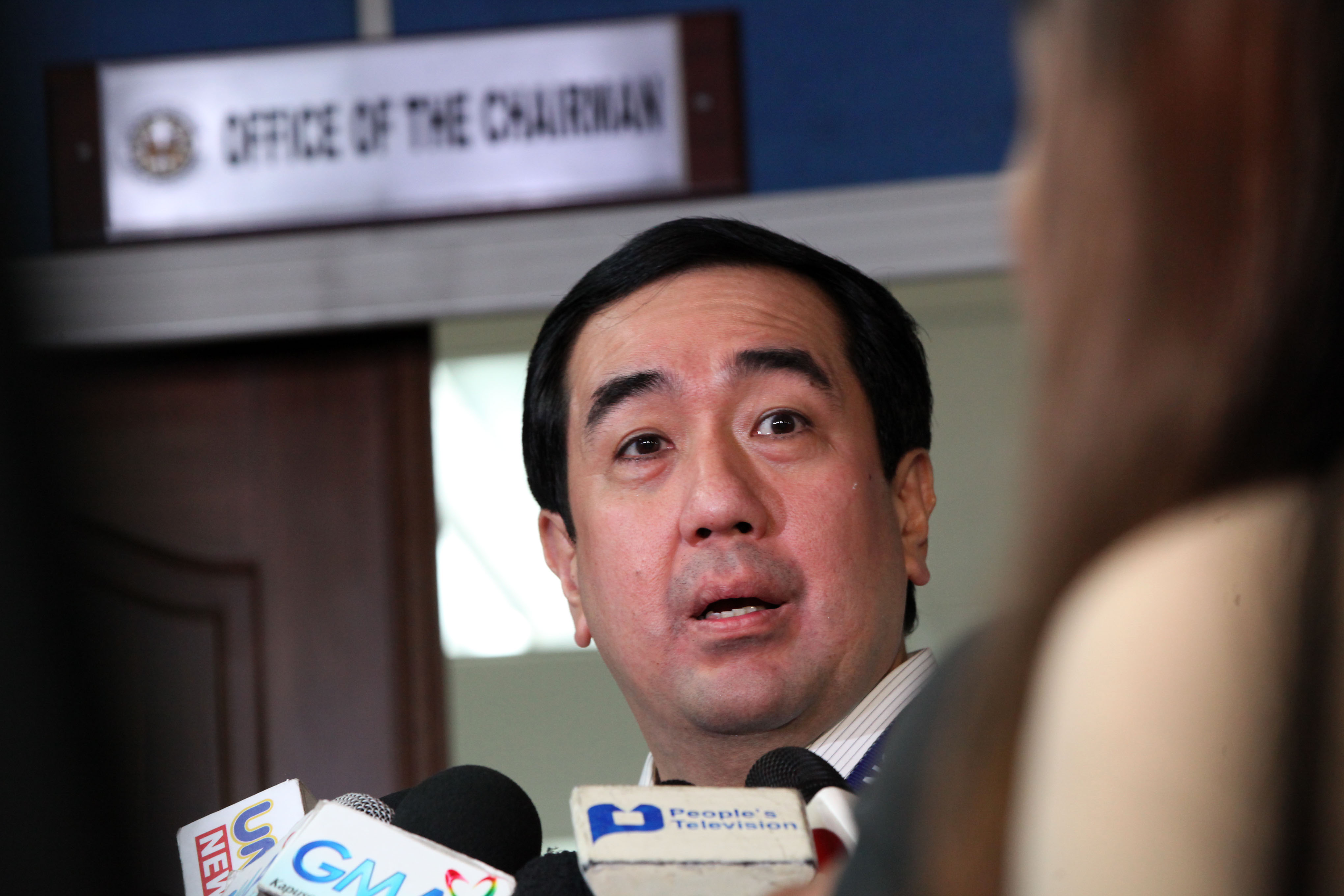![FOUNDING FATHERS. ASEAN's 5 founding fathers â then-Philippine Foreign Affairs Secretary Narciso Ramos, Indonesian Foreign Minister Adam Malik, Thai Foreign Minister Thanat Khoman, Malaysian Deputy Prime Minister Tun Abdul Razak and Singaporean Foreign Minister S. Rajaratnam â line up for a photo. Photo from ASEAN website]()
MANILA, Philippines – On August 8, 1967, 5 foreign ministers sat down in Bangkok, Thailand and signed a document that would be the basis of what is now the Association of Southeast Asian Nations (ASEAN).
It was the signing of the document, known as the ASEAN Declaration, that created the regional bloc amid the backdrop of the Vietnam War and the fall of Vietnam, Laos and Cambodia to communist regimes.
The bloc, which marks its 50th anniversary in 2017, aimed to promote peace and security in Southeast Asia and foster economic development and cooperation among member nations. (READ: LOOK BACK: How ASEAN was formed)
From its original 5 members, ASEAN eventually expanded membership to include Brunei, which joined in 1984; Vietnam in 1995; Laos and Myanmar in 1997; and Cambodia in 1999.
The 5 foreign ministers who signed the ASEAN declaration were later considered the group's founding fathers. They were statesmen renowned in their own countries, hailed for their nationalist sentiments and vision for a more interconnected Southeast Asian region.
Indonesia's Adam Malik
Adam Malik has served in various capacities in Indonesia's government, serving as foreign minister from 1967 to 1977, before becoming speaker of the Indonesian parliament and congress and then vice president in 1978.
Born in July 1917 in the village of Pematang Siantar in Northern Sumatra, Malik was involved in nationalist movements at an early age. He became part of Indonesia's struggle for independence from the Netherlands; in the 1930s he was jailed for being a member of a nationalist group, and in 1937 he founded the news agency Antara, which was then an organ of the nationalist press.
Malik was part of pro-independence youths who abducted Indonesian leaders Sukarno and Mohammad Hatta to force them to declare independence. After independence was declared in August 1945, Malik continued being active in politics. He was one of the founders of the Partai Rakjat (People's Party) in 1946, and of the Murba Party in 1948, of which he vas an Executive Member until the party was banned in 1964.
With the end of the Indonesian revolution, Malik served in the Sukarno and Suharto governments, beginning his foreign affairs career in 1959 as ambassador to the Soviet Union and Poland. In 1971, Malik was elected president of the 26th session of the United Nations general assembly.
Under the Suharto government, Malik was one of 5 foreign ministers who founded ASEAN, coming at a time when Indonesian foreign policy was restoring relations with its neighbors. During the discussions, Malik described Indonesia's vision of a Southeast Asia developing into "a region which can stand on its own feet, strong enough to defend itself against any negative influence from outside the region."
Malik died in September 1984 of cancer of the liver.
Philippines' Narciso R. Ramos
Born in Pangasinan, Ramos was a journalist, lawyer, and 5-term legislator, who also became one of the founders of the Liberal Party. Under the administration of former President Ferdinand Marcos, Ramos served as foreign secretary from 1966 to 1968. Ramos was previously an ambassador to Taipei.
As foreign secretary, Ramos was the signatory to the ASEAN declaration. He recalled the negotiations before the signing of the declaration as one that “truly taxed the goodwill, the imagination, the patience and understanding of the five participating Ministers.” But he stressed the importance of regional cooperation, citing challenges to the countries of Southeast Asia in those uncertain and critical times.
In 1966, Ramos was signatory to the Ramos-Rusk Agreement, which shortened the coverage of the US-RP Military Bases Agreement from 99 years to 25 years.
He is also the father of former Philippine president Fidel V. Ramos, who served from 1992 to 1998, and the late Senator Leticia Ramos-Shahani.
Ramos died in February 1986 after a prolonged illness.
Malaysia's Tun Abdul Razak
Tun Abdul Razak was Malaysia's second prime minister, serving from 1970 to 1960.
Born in Pulau Keladi, Pahang on March 11, 1922, he studied in Singapore and in Britain, where he took up law. While in England, he was a prominent student leader of the Kesatuan Melayu Great Britain (Malay Association of Great Britain). He also formed the Malayan Forum, an organization for Malayan students.
He joined the civil service in 1950 and entered politics in 1955, serving as Pahang's Chief Minister and education minister following the country's first general elections. He was also a key figure in Malaysia's bid to gain independence from Britain in 1957.
As deputy prime minister and defense minister, and as minister of rural development under prime minister Tunku Abdul Rahman, Tun Abdul Razak was responsible for managing the country's development policy. He is known for launching the New Economic Policy in 1971, which aimed to tackle poverty and economic and social inequality that fueled racial issues.
In his speech following the signing of the ASEAN declaration, Tun Abdul Razak emphasized cooperation among nations.
"It is important that individually and jointly we should create a deep awareness that we cannot survive for long as independent but isolated peoples unless we also think and act together and unless we prove by deeds that we belong to a family of Southeast Asian nations bound together by ties of friendship and goodwill and imbued with our own ideals and aspirations and determined to shape our own destiny," he said.
The current Malaysian prime minister, Najib Razak, is his son.
Singapore's S. Rajaratnam
Sinnathamby Rajaratnam, better known as S. Rajaratnam, was a journalist and co-founder of the People's Action Party together with Lee Kuan Yew, Toh Chin Chye, and Goh Keng Swee.
As a journalist with The Malaya Tribune, the Singapore Standard, and The Straits Times, he wrote political stories and was open about his anti-British and anti-communist stance. He began his political career in 1959, serving as an assemblyman for the Kampong Glam constituency and also being appointed as the minister for labor and culture.
Rajaratnam served as the first foreign affairs minister upon Singapore's independence as a nation-state in 1965. In 1980, he was appointed the second deputy prime minister until he stepped down in 1985 and became a senior minister.
As foreign affairs minister, Rajaratnam represented the small country in ASEAN meetings and in the UN.
In his speech following the signing of the ASEAN declaration, Rajaratnam emphasized that ASEAN members would have to marry national thinking with regional thinking.
“We must think not only of our national interests but posit them against regional interests: that is a new way of thinking about our problems. And these are two different things and sometimes they can conflict. Secondly, we must also accept the fact, if we are really serious about it, that regional existence means painful adjustments to those practices and thinking in our respective countries. We must make these painful and difficult adjustments. If we are not going to do that, then regionalism remains a utopia," he said.
Rajaratnam died from heart failure in February 2006.
Thailand's Thanat Khoman
Thanat Khoman was a diplomat and statesman, who served as foreign minister from 1959 to 1971 during the Sarit Thanarat government. He forged closer ties with the US, signing a joint communiqué in which the US promised Thailand support and defense against communist threats.
In the 1950s, he served as Thailand's ambassador to the US, and foreign minister in 1959.
His major contribution was helping promote regional cooperation in Southeast Asia. In the 1960s, he played a role in mediating between Indonesia and Malaysia. His vision for a united region was recognized with the choice of Bangkok as the founding place of ASEAN in 1967.
In his speech at the founding of ASEAN, Thanat spoke of “building a new society that will be responsive to the needs of our time and efficiently equipped to bring about, for the enjoyment and the material as well as spiritual advancement of our peoples, conditions of stability and progress."
"Particularly what millions of men and women in our part of the world want is to erase the old and obsolete concept of domination and subjection of the past and replace it with the new spirit of give and take, of equality and partnership," he said.
Thanat also served as chairman of the Democrat Party from 1979-1982 and as deputy prime minister in the Prem Tinsulanonda government from 1980 to 1982.
Thanat died in March 2016, a few months shy of his 102nd birthday. – Rappler.com
![]()







































